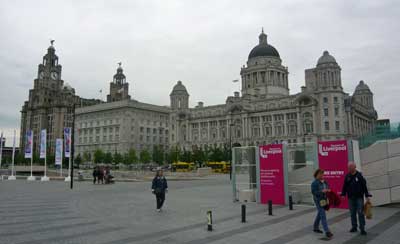Best country to visit on your first trip to Europe: 3 Best choices and why
So you are planning your first-ever trip to Europe and you aren’t sure which country to start with? You are not alone and it can be a difficult question if you haven’t done much international traveling yet. Some countries are easier than others while others are much more interesting and rewarding than others, so I will give you the pros and cons of the best choices so you can easily decide for yourself.
If you are reading this then most likely you are from the US, Canada, Australia, or perhaps India. That being the case there are three countries that stand out from the others and below I will make the case for each.
Should you visit more than one country on your first trip to Europe?
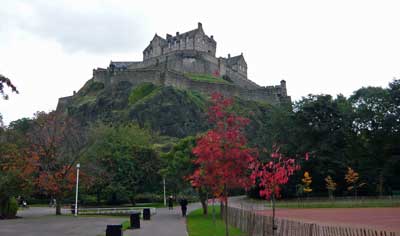
I get a lot of questions like this so I’ve written an article with the best first-time Europe itineraries for one, two, or three weeks, and most of them involve two to four countries. Especially with Europe’s high-speed rail network, you can often get from the largest city in one country in two or three hours to the largest city in another country. And the scenery along the way is almost always a highlight on its own.
That said, below I will help you decide which is the best European country for your first visit.
These are the three best choices for first country in Europe
- England (and maybe Scotland as well)
- Italy
- France
We will make a case for England, Italy, and France in this article, and below are the reasons why England should be your top choice.
Why England is the best first country to visit in Europe
Suggested itinerary: London for 3 or 4 nights, then Bath or York and Edinburgh
The lack of a language barrier
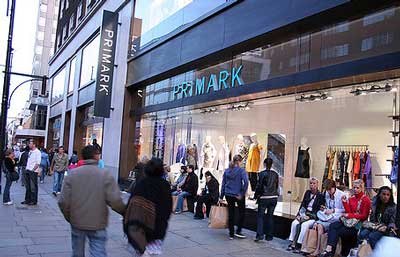
The reality is that traveling to almost any European country is not as challenging as it might seem before you get there, although England will still be the easiest. It’s true that there are some British accents that almost sound like a foreign language (We are looking at you, Newcastle and Glasgow!), but you’ll almost never encounter those speakers in London or anywhere else you’ll likely go on your first trip. And of course all of the written language will be 100% understandable, and that is far less stressful than the alternative.
England (and London itself) has more than one flavor or vibe
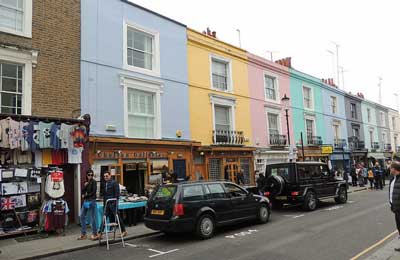
Many European towns also have a very specific diet and almost every restaurant has an almost identical menu. Again, that can be wonderful for a few days, but it also gets old pretty quickly.
You’ll definitely be starting your England visit in London, and London is the exact opposite of this. The capital city has some of Europe’s finest and most interesting architecture, and then three blocks away it will be something completely different. In fact, London doesn’t have the cohesive beauty of, say, Rome, Paris, or Amsterdam because of this, but at least it never gets old or boring.
As far as food choices go, the sky is the limit in London. The city is a contender for most international food city on earth, and in most cases you have a huge selection of choices. Obviously you get get fish & chips in a pub in most neighborhoods, but also excellent Indian curries, pizza, French, Middle Eastern, Chinese, Japanese, burgers, vegan, steaks, and on and on and on. In many cases there will be a street or whole neighborhood dominated by a specific cuisine, so it’s a bit of a food tour as well.
London has many of Europe’s most famous sights
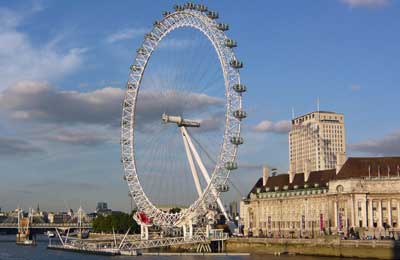
London’s most famous checklist attractions
- Big Ben
- Houses of Parliament (attached to Big Ben)
- London Eye Ferris Wheel (fairly new but very photogenic)
- Westminster Abbey
- St. Paul’s Cathedral
- Tower Bridge
- Tower of London
- Piccadilly Circus
- Buckingham Palace
- British Museum
Once you actually get to London you’ll discover quite a few more famous places that you are familiar with and are worth a selfie or normal photo. The Battersea Power Station, Harrods, Madam Tussauds, Marble Arch, Oxford Street, and the Greenwich Observatory are just a few that you’ll probably recognize when you actually see them.
Long story short, London is filled with famous places that you already know about and are thrilling to see in person for the first time. It packs a big punch and you can see most of these mentioned attractions in just a few days.
Where to go aside from London?
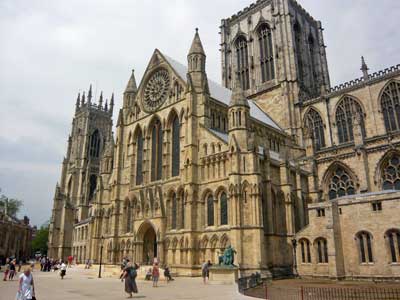
The best places to go next are Paris, which will be discussed below, and Edinburgh. You can actually reach Paris on the Eurostar train a bit quicker than you can reach Edinburgh (Scotland’s most interesting city), but both are easy and worthwhile. If you want to save Paris for a future trip that could be a great idea so seeing more of Britain could be wise. See my suggestions for where to go in England for more ideas.
Why Italy is the best first country to visit in Europe
Suggested itinerary: Rome for 3 nights then Florence for 2 or 3 nights then Venice for 1 or 2 nights
Italy’s Big 3 cities (Rome, Florence, Venice) are amazing and easy to combine
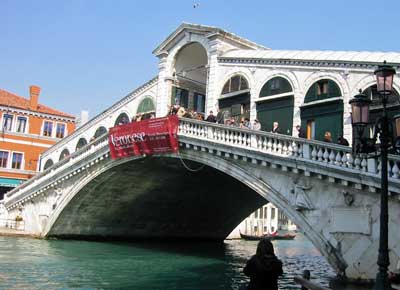
Most people start in Rome and spend 3 or 4 days. Rome is obviously one of the world’s most historic and fascinating cities, but it also feels somewhat chaotic so you don’t want to stay there too long. For example, just crossing the streets can feel dangerous (Even when it’s not), and tourists are approached by strangers selling things and offering unsolicited advice on a regular basis.
It’s about a 90-minute train ride from Rome to Florence, which was the cultural capital of the world for a couple hundred years during the renaissance. Florence is a bit less famous than Rome or Venice, but most visitors enjoy it more than the others and it’s packed with unforgettable sights.
From Florence it’s about a two-hour train ride to Venice, which is much smaller than the other two. In fact, you can visit the top sights in Venice in 24 hours or so, although 48 hours is better if you have the time. Venice is arguably the most beautiful city in the world and everyone should visit it at least once, but it’s also fairly small and usually extremely crowded. The canal city is overloaded with cruise passengers and day-trippers from 10 AM until 5 PM or so, and the key is to stay on the main island so you can see sights in the morning and the evening when crowds are much thinner.
Italy’s food and lifestyle are wonderful and fascinating
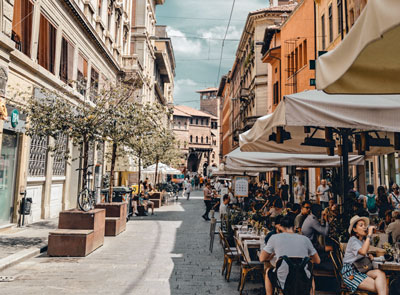
Rome is home to Cacio e Pepe (pasta with cheese and pepper) that has become so trendy in recent years, as well as Pasta alla Carbonara, but there is a lot more to Rome than pizza and pasta. Florence is the capital of Tuscany so it’s actually the best food city of the Big 3, and Florentine steak is just the tip of the iceberg. Crostini is small pieces of bruschetta with local tapas-style toppings, and it’s also very popular in Florence. Venice is more known for sea food, but it’s filled with tourist-oriented restaurants that feature dishes from all over the country and particularly the north, so it’s a good place to try some new things.
As for the Italian lifestyle, you’ll notice that especially in the cities, Italians tend to dress very stylishly on a daily basis. Even the French have mostly relaxed their dress standards, but in Italy you’ll still see regular citizens dressed smartly every day and evening. Speaking of that, one great way to enjoy the stylish locals along with the amazing architecture is to join in what they call La Passeggiata. It’s the nightly tradition of going for a stroll between 5 PM and 8 PM or so, and most locals seem to participate very often. The various historic streets and town squares are filled with stylish locals ambling along at a slow pace in a scene you won’t see anywhere else on earth.
Italy is extremely photogenic
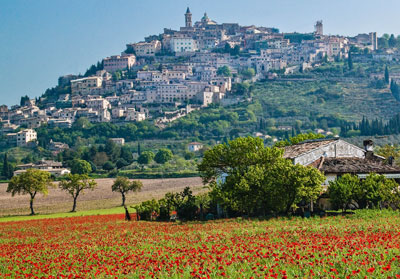
Venice itself might be the most beautiful and photogenic city in the world, and Rome isn’t far behind. Somehow the Italians seem to understand and have the ability to create beautiful buildings and plazas better than anyone else on earth. Paris may be close in that regard, but when you visit Italy for the first time you’ll be tempted to take a new photo just about every time you turn the next corner. If you want to impress your friends at home with amazing photos of your Europe trip, Italy is the place to go.
Why France is the best first country to visit in Europe
Suggested itinerary: Paris for 4 nights then Nice or a wine region
Paris is stunning and lives up to the hype
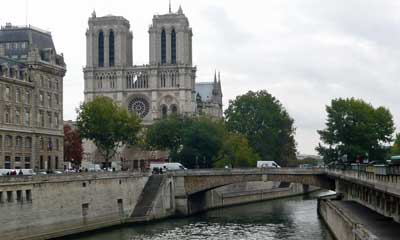
While Italy may be more beautiful and photogenic overall, the large historic center of Paris is simply stunning. Unlike the majority of the world’s large cities, Paris only has “disadvantaged” areas in the suburbs so visitors literally never see them. The city is most beautiful and impressive along the Seine River in the center, which is also where nearly all of the famous landmarks can be found. Each palace and statue is more impressive than the one you’ve just seen. In fact, the 3-hour hop-on, hop-off bus tour might be the best 3-hour tour on earth, passing dozens of famous attractions and landmarks.
Even the famous points of interest are even more impressive in person than you probably expect. The Louvre, for example, was originally a gorgeous and enormous palace before it was a museum, so it’s worth touring even if it didn’t contain the Mona Lisa and Venus de Milo. The Museum de Orsay just across the river was converted from a historic train station and again, it would be worth seeing even if it didn’t contain one of Van Gogh’s Sunflowers and Whistler’s Mother.
The food in France will change your life in a good way
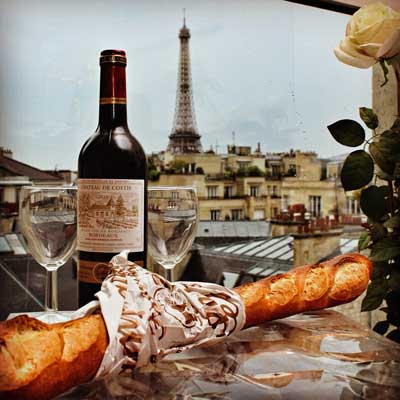
With the possible exception of actual chain fast food, it’s literally almost impossible to get a not-great meal in France. Somehow they take more care with ingredients and preparation than any other country on earth. Seriously, you can walk into a little market and buy a premade baguette sandwich and it’ll be among the best sandwiches you’ve ever had. The breakfast buffet at your hotel might be small and simple, and it will also be amazing with freshly baked breads, amazing butter, the best jam you’ve ever had, and maybe even some eggs and cheese.
Paris is filled with little neighborhood bistros and corner restaurants, and the standards are so high that places that aren’t great will quickly go out of business. And amazingly enough, food prices in restaurants are not unusually high. In fact, most restaurants feature a daily ‘plat du jour’ that is great value and worth ordering if it sounds good at all. If you are annoyed that you have to eat to get through life then this may not appeal to you, but if you are one of us who loves and appreciates fine food, then every meal in France will be a new thrill.
It’s also worth noting that wine in France can be found in all price ranges and you can easily get decent bottles of local wine starting around €3, and great bottles for under €10.
Wine regions and Mediterranean beaches
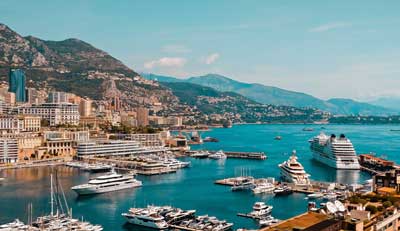
One of the most popular choices for a second stop in France is the Mediterranean coastal city of Nice, which is easy to reach by high-speed train and a very short ride to Monaco and Cannes on either side. It’s worth noting that Nice and the entire rest of the Côte d’Azur (French Riviera) will be packed with French people in July and August, and a bit slow and mellow from December through March, while the remaining months are an ideal time to visit. Nice also has an excellent food scene, impressive museums, and a Mediterranean culture that is very different from Paris itself.
The other very popular option for a second (or third) stop in France are the wine regions. The three most popular places to explore and learn about France’s viticulture are Champagne, Burgundy, and Bordeaux. Champagne is obviously about the famous sparling wine with Reims, which isn’t far northeast of Paris, being the best base to stay. Burgundy is the closest of the famous actual wine regions with the city of Dijon being the capital and a great place to explore the area. Bordeaux is the city and region near the coast southwest of Paris and it’s famous for Cabernet Sauvignon among other grapes. Basing yourself in any of these regions will give you almost infinite chances to sample the wine and enjoy the food that best goes along with it.


